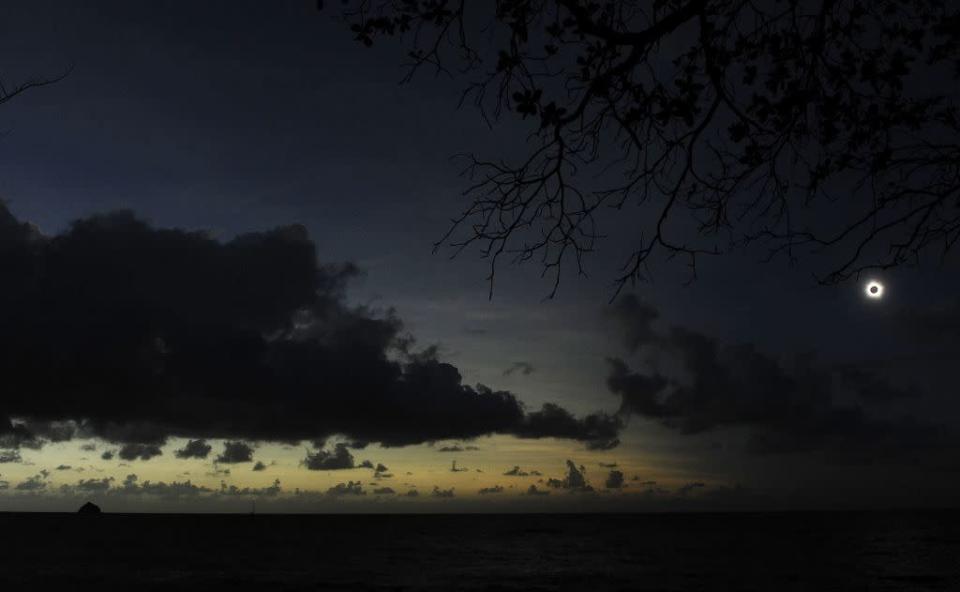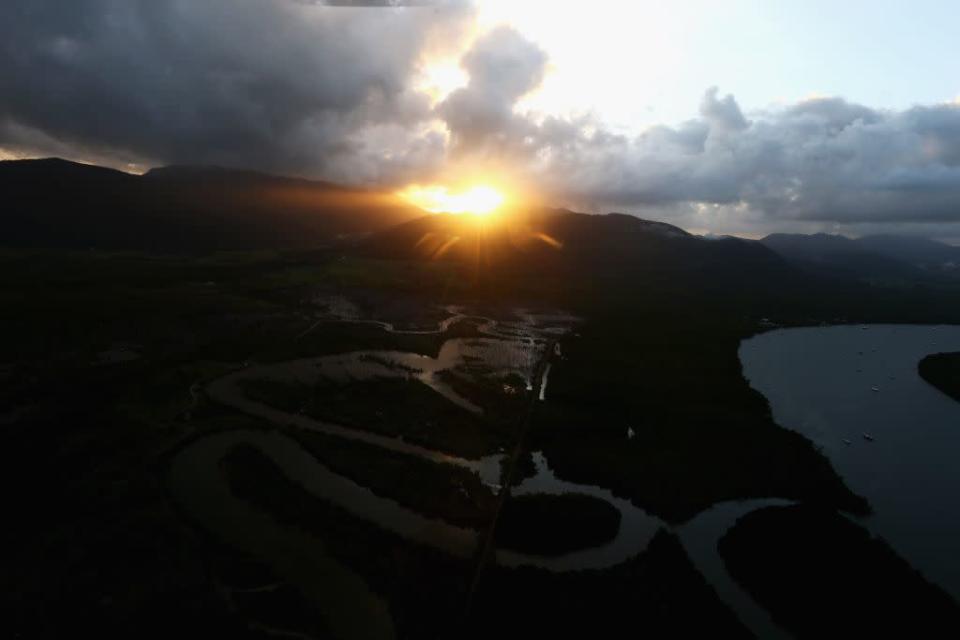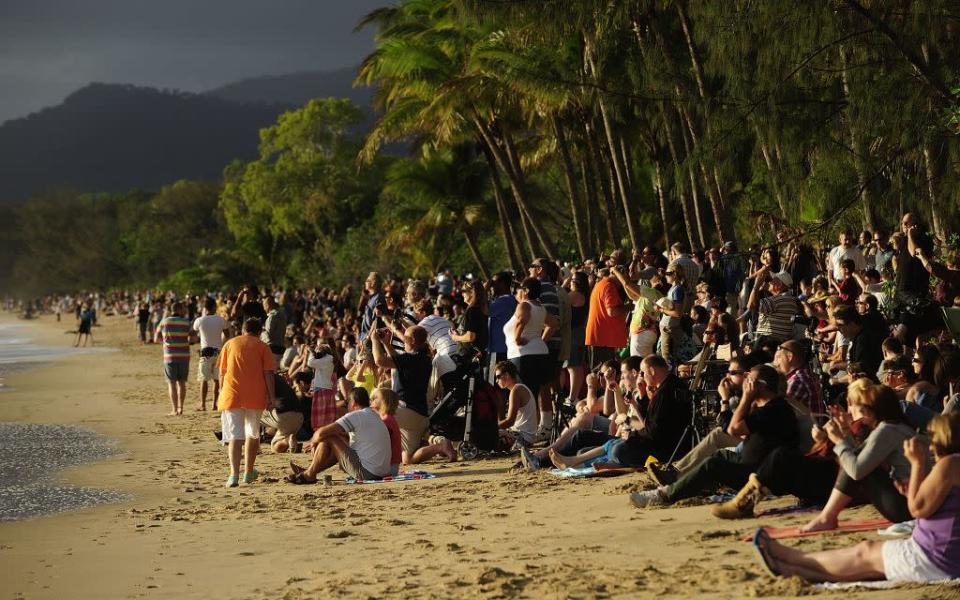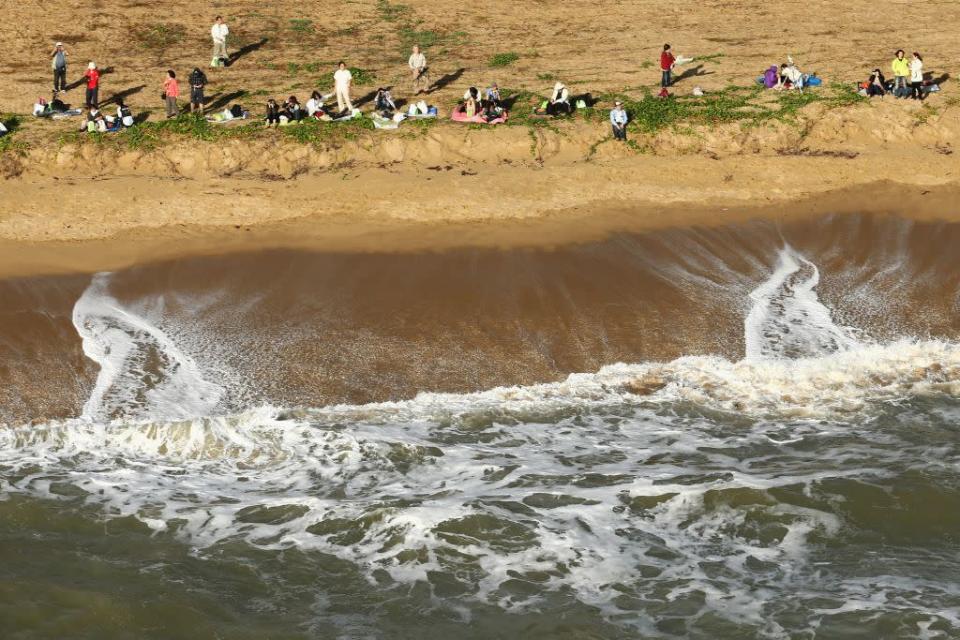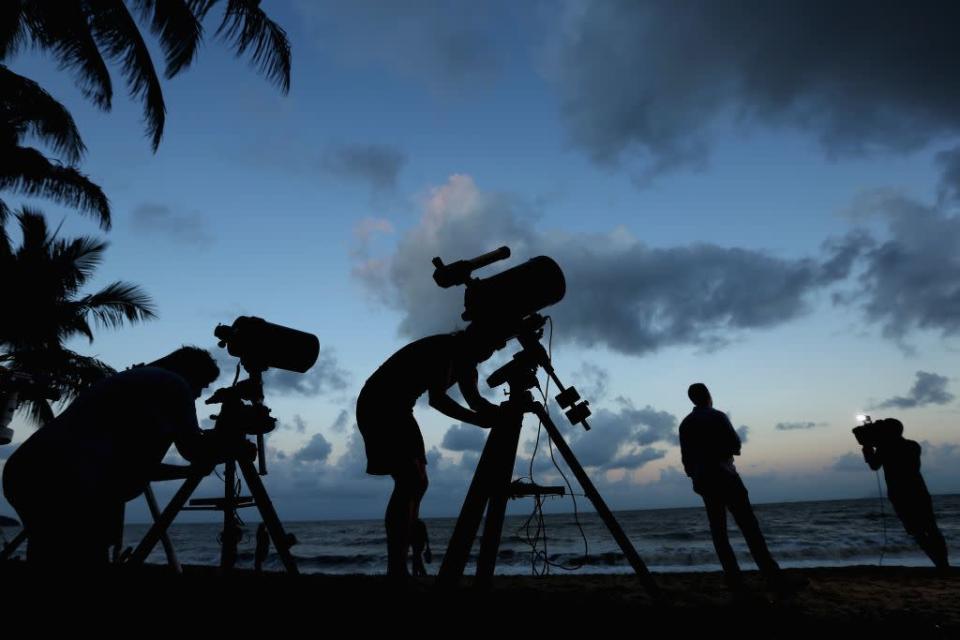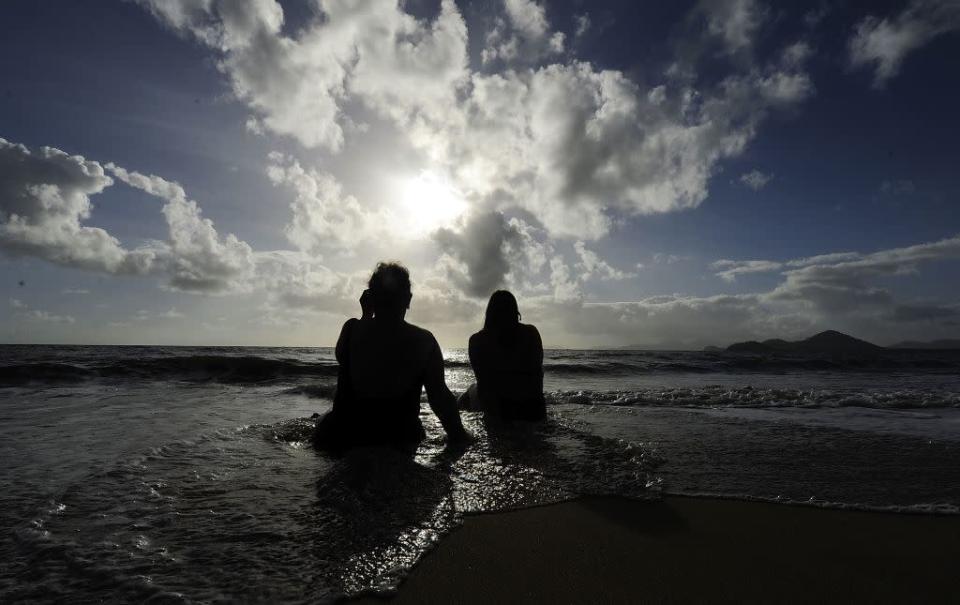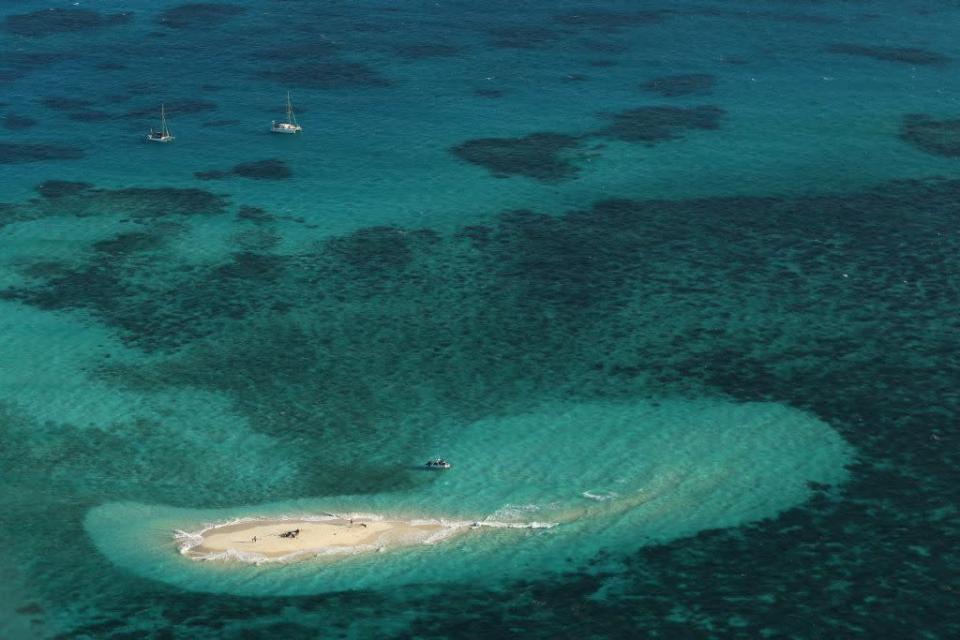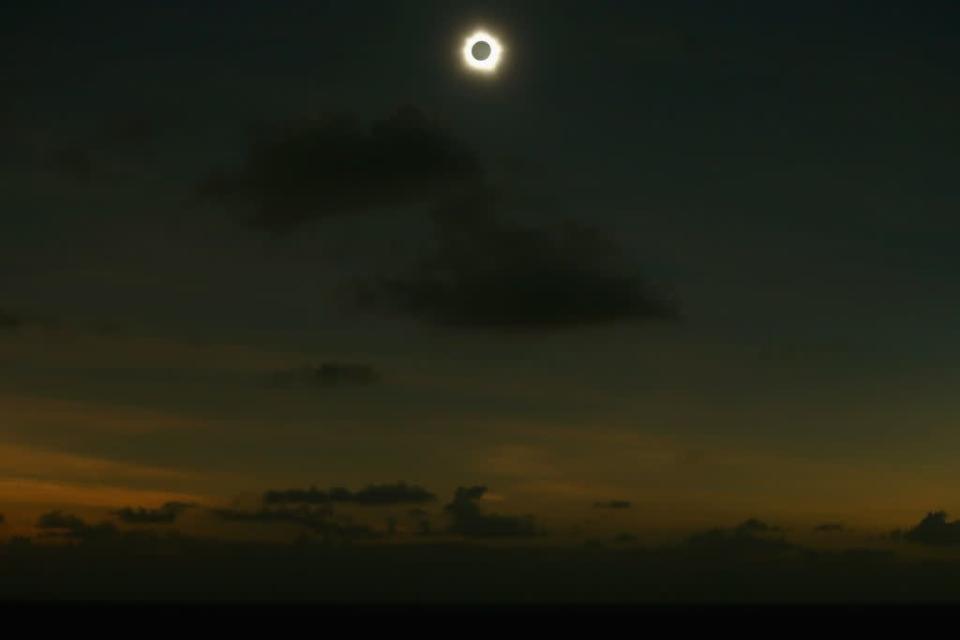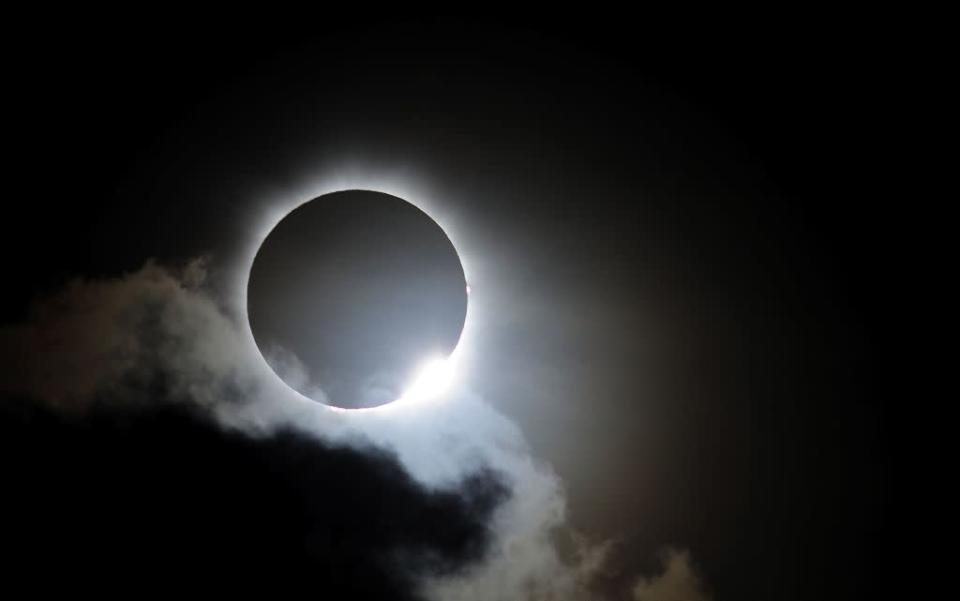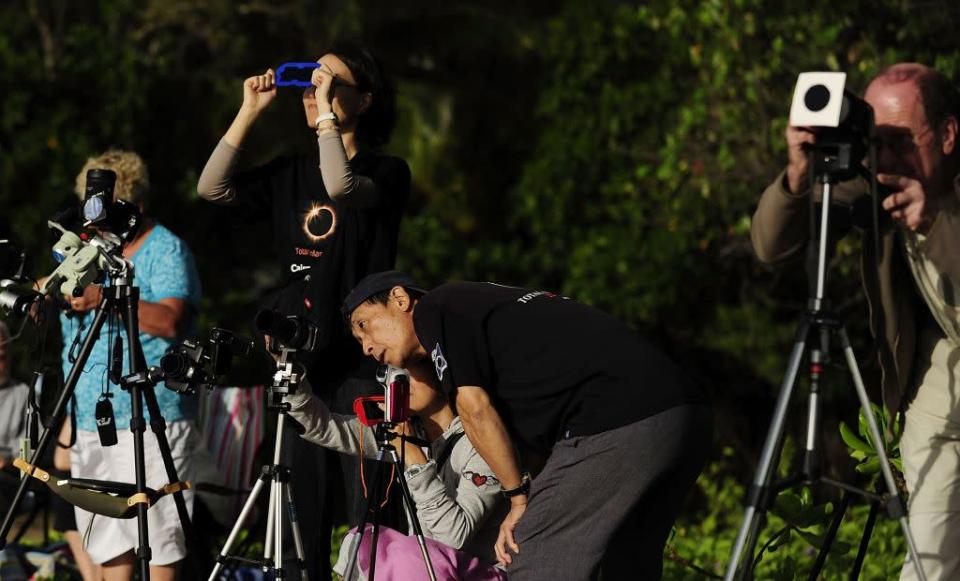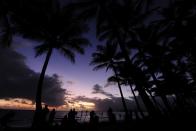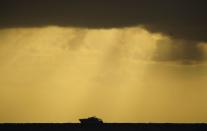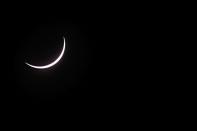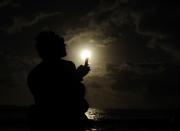Watching the Solar Eclipse in Australia
Tourists made a beeline for northern Australia on November 14 to witness a total solar eclipse, which was best seen from beaches in Palm Cove and Cairns in North Queensland. Some people travelled halfway around the world for a glimpse of the celestial event. NASA astronomers set up sophisticated equipment to document the event while onlookers of all ages watched the eclipse with special optical equipment. Photographers waited patiently for the eclipse and went trigger-happy while it was underway. It was the first eclipse seen from Australia in a decade. The next solar eclipse viewable from Earth will take place on March 20, 2015.

 Yahoo Finance
Yahoo Finance 